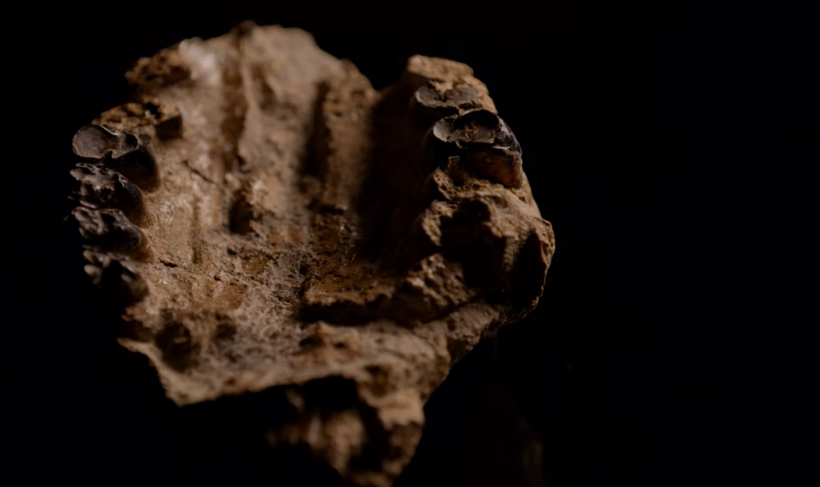When an asteroid hit our planet some 66 million years ago, it marked the end of the era of dinosaurs. This phenomenon also marked the rise of a highly adapted species: the mammals. However, it is not yet clear what happened in between the destruction brought by the asteroid and how life made its way through a different landscape.
There are only a few fossils that are present that dates back to the time after the destruction. With that, scientists are having a hard time figuring out how the survivors of the cataclysm dealt with the effects and the changes around them. Luckily, a set of fossils turned up at the Denver Basin in Colorado, and this sheds light on the mystery of the post-apocalyptic life after the dinosaurs.
POST-APOCALYPTIC SURVIVORS
Paleontologists are studying the newly found fossils at the Corral Bluffs fervently as it is the only known location in the world where there are fossils that date back to the time -- 1 million years, more or less -- after the Cretaceous-Paloegene extinction. Researchers from the Denver Museum of Nature and Science were able to unearth more than 7,000 fossils, which include 233 kinds of plants and 16 species of mammals. Interestingly enough, the mammal species that were unearthed were the small ancestors of large mammals of today.
READ: Majungasaurus Continuously Replaces Teeth, A New Study Finds Out
Using these newly unearthed fossils, scientists were able to build a detailed timeline of how mammals diversified and grew into the role left by the dinosaurs on top of the food chain. For instance, the newly unearthed fossils helped scientists understand how some mammals were able to grow to be 100 times bigger than their ancestors within the timespan of 700,000 years.
This is not the first time that researchers and fossil hunters are searching for fossils at Corral Bluffs, but there were only a few fossils that were found. Until recently. Paleontologist Tyler Lyson started focusing his search on nodules of rock or concretions back in 2016. He found out that there are more fossils inside of rocks and not on the surface. In a documentary by PBS, Lyson says, "that was the real game-changing moment when I broke open the first concretion and saw a mammal skull staring back at me."
The study, which was published in Science, describes the comparison done by scientists between plant and animal fossils with the precise dates for the rocks. Through this methodology, they were able to put together the puzzle pieces of what happened at Corral Bluffs 65 million to 66 million years ago. They found out that immediately after the catastrophe brought on by the asteroid impact, ferns and palms are among the species of plants that rose to domination, followed by a very diverse group of trees.
On the side of the animals, mammalian species took a bit longer to recover. Yet, given an ample amount of time, they began to diversify into a variety of forms and sizes. The unearthed fossil of a mammalian survivor was only as big as a rat and weighed about 500 grams. A hundred years later, the descendants of this mammalian ancestor grew to the size of a raccoon, which weighed about 6 kilograms, according to a rock that hosts the fossil of the said mammal.
Three hundred years after the impact, mammals became bigger, and some even weighed 25 to 30 kilograms, which included the beaver-sized Carsioptychus. Scientists figured out that the primary reason that enables mammals to reach their current size and diversity is due to the lack of predators along with the diversity of plants in the vicinity, which gave them a variety of food. Finally, the fossils that were dated back to 700,000 years held the earliest known legumes and mammals, which weighed up to 50 kilograms (an example of which is the wolf-sized Eoconodon).
READ: New Study Links Groundwater Movement to Climate Change















